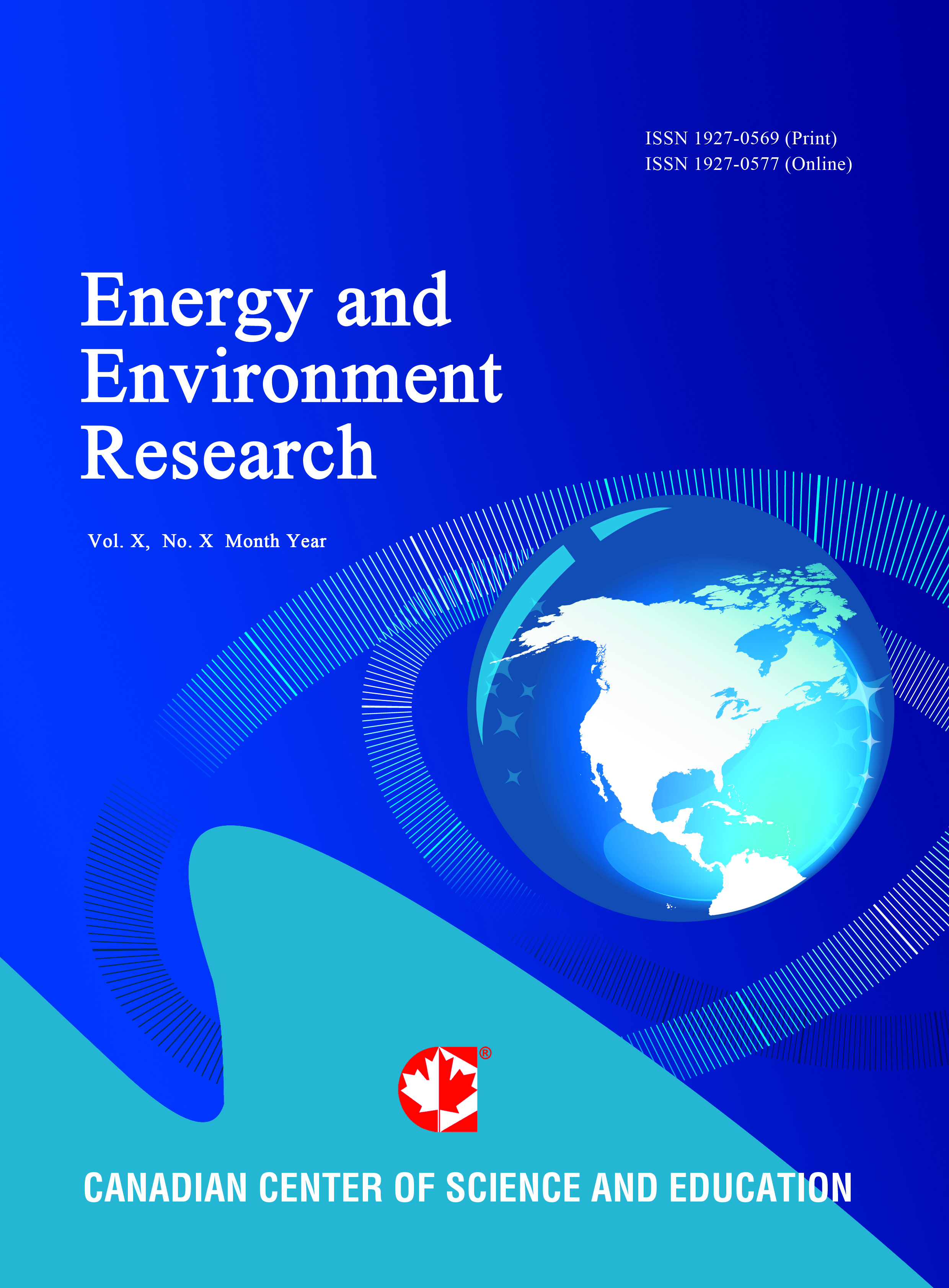The Water-Energy-Environment Nexus in the Great Lakes Region: The Case for Integrated Resource Planning
- Vincent Tidwell
- Victoria Pebbles
Abstract
Water is a critical element of electric power production in the U.S., particularly in the Great Lakes Basin region. Thermoelectric power generation accounts for the majority of all water withdrawals in the Basin, in large part due to the comparatively heavy concentrations of coal and nuclear power generation that utilize open-loop cooling. This paper explores how different energy generation portfolios could affect the water resources of the Great Lakes Basin. The suite of power generation scenarios analyzed reflects a range of potential outcomes resulting from the implementation of key national and regional energy and environmental policies for the electric power industry. These policies include U.S. EPA’s pending power plant cooling water intake standards, state renewable energy portfolio standards, possible climate change legislation, and the 2005 Great Lakes regional water resource agreement (Great Lakes and St. Lawrence River Basin Water Resources Compact of 2005; Public Law 110–342). Five scenarios were analyzed, resulting in different levels and intensities of total water use (withdrawal and consumption) in hydrologically-sensitive watersheds. These results confirm the close relationship between water and energy in the Great Lakes, and point to the need to take into account water resource impacts in designing future energy and environmental policies.
- Full Text:
 PDF
PDF
- DOI:10.5539/eer.v5n2p1
Journal Metrics
(The data was calculated based on Google Scholar Citations)
h-index (July 2022): 19
i10-index (July 2022): 53
h5-index (July 2022): N/A
h5-median(July 2022): N/A
Index
- BASE (Bielefeld Academic Search Engine)
- CiteFactor
- CNKI Scholar
- Elektronische Zeitschriftenbibliothek (EZB)
- Excellence in Research for Australia (ERA)
- Genamics JournalSeek
- Google Scholar
- NewJour
- Norwegian Centre for Research Data (NSD)
- PKP Open Archives Harvester
- Publons
- ROAD
- SHERPA/RoMEO
- Standard Periodical Directory
- Ulrich's
- Universe Digital Library
- WorldCat
Contact
- Lesley LuoEditorial Assistant
- eer@ccsenet.org
